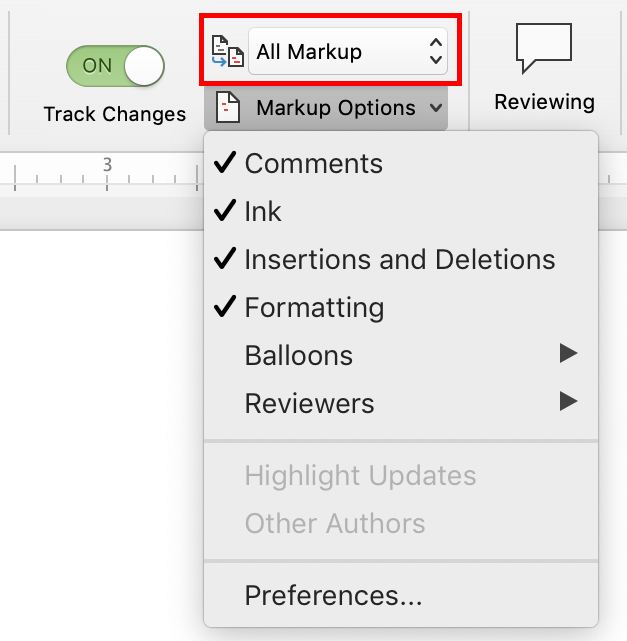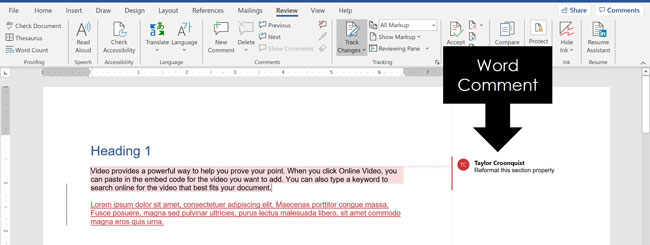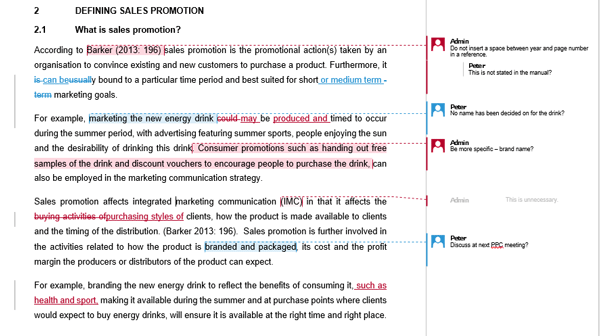

Styles are grouped into Style Sets, and many of the Styles within the current set are available in the Quick Styles Gallery on the Home tab:Ĭlick on the down arrow just to the left of Change Styles (the arrow that has a small line above it) to see the full list of Quick Styles: Microsoft Word has had the Styles feature for several versions, and the Ribbon-based versions (Office 2007 and up) kick it up a notch by offering multiple sets of standard Styles. Or you can either modify an existing style or create a new style to fit your needs. All you have to do is select your text and the existing style to re-format. Word offers multiple sets of standard Styles already poised and ready for you in the toolbar. It’s a one-step way to apply multiple formatting settings for consistency throughout your document. For example, you can easily designate a style called “Heading 1” which formats all of your first-level headings in a particular font, single-spaced, and centered. Styles are a simple way to apply pre-set formatting definitions to blocks of text. Thank goodness for Word’s Styles feature. Add in the need to format that document and you may find you’d rather hit your head against a wall rather than continue to mess with formatting.

It takes what can seem like years to put together a legal document. Of course, if you still need or want to print a copy of the document for review, you can do so with or without the redlines. With the tool active, modifications show as suggestions you can approve or reject instead of immediately taking effect.

The track changes feature enables you and those around you to make changes to your documents for review. The days of circulating a paper copy for review are over. Word comes preloaded with some great basic features for lawyers who spend full days scrutinizing and composing legal documents. Microsoft Office for Lawyers: The Powerhouse Tool Partnerships & Advertising on Lawyerist.Virtual Receptionist, Chat & Phone Services.Law Firm Client Reviews & Reputation Management.

Law Firm Data & Key Performance Indicators (KPIs).Virtual Legal Assistant-Delegating to Freelancers.These little tricks aren’t going to save you hours, but they will shave off seconds and minutes here and there (and they certainly make the process of working with tracked changes easier). If you use Track Changes in InDesign and you want to accept or reject just one person’s edits, just place your cursor in one of their edits and then choose Accept/Reject All Changes by This User from the Track Changes menu: Targeting Changes by Specific Users in InDesignīy the way, targeting changes by specific users is one of the few Track Changes features that’s easier to accomplish in InDesign. Now you can select All Reviewers from the Markup Options menu again, so you can see the changes the other reviewers have made. Now, go to the Changes menu and choose Accept (or Reject) > All Changes Shown: Make sure the checkmark is on only next to the reviewers that you want to accept (or reject). If you choose All, it toggles them all on or off. To find that, look inside the Reviewers submenu, in the Markup Options menu: Fortunately, the solution is pretty simple.įirst, you need to realize that Word lets you show (or hide!) comments from individual reviewers.
#Using markup in word how to
Often we need to accept all the changes by one author or editor but leave the rest, and Word doesn’t make it obvious how to do that. We sometimes have four or more people editing a single document, and trying to figure out who did what can get crazy. Just click one of the change bars on the left side of the text. There’s also a nifty shortcut (though not of the keyboard variety) that you can use to toggle between All Markup and Simple Markup. That’s it! The shortcut you assign now toggles between these two common settings. Now give it a shortcut in the “Press new keyboard shortcut” field and click Assign. You can use the search field to quickly locate any command instead of scrolling to find it. First, choose Tools > Customize Keyboard, then choose All Commands from the Categories list and then, in the list of Commands on the right, choose View Changes. And fortunately, after quite a bit of searching, I found one. The problem is that it’s a major pain to choose from the menu each time you want to switch! I’d rather use a keyboard shortcut.


 0 kommentar(er)
0 kommentar(er)
